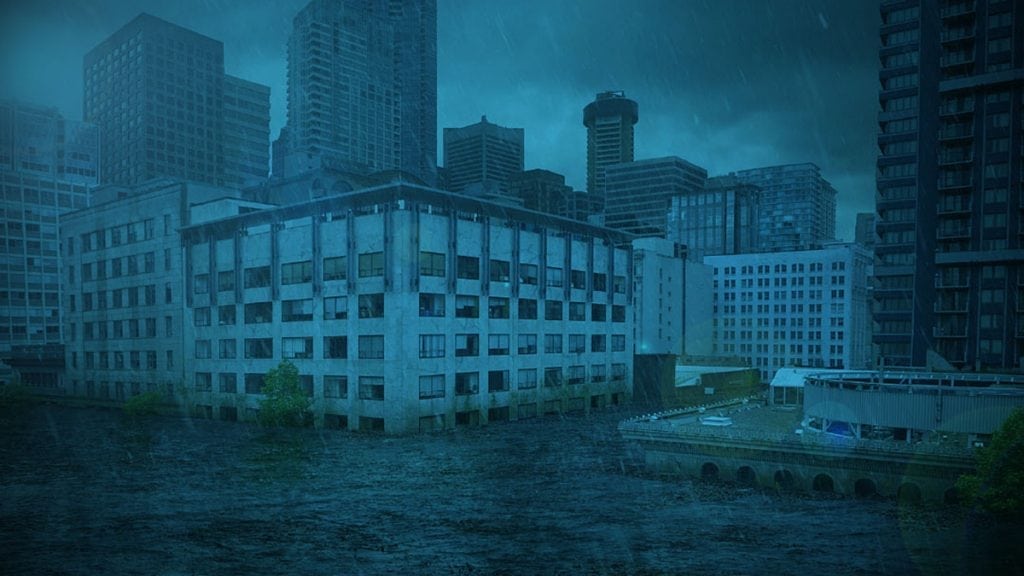September 2017 was the most active month for Atlantic storm activity since the mid-1800s. Scientists recorded 17 major storms, including six hurricanes with winds exceeding 111 miles per hour. Together, the most destructive of those — hurricanes Irma, Maria and Harvey — tallied an estimated $100 billion in insurance costs.
“Obviously, 2017 was an incredibly devastating season,” said Phil Klotzbach, a research scientist in the department of atmospheric science at Colorado State University. “A normal season has about six hurricanes and two major hurricanes.”
1) Storms are getting stronger because of climate change.
Rising ocean and air temperatures, both results of climate change, create a perfect incubator for more severe storms, according to Klotzbach.
New research published by the National Academy of Sciences suggests storms the size of Hurricane Harvey, which did billions of dollars in damage to the Houston area, are becoming more frequent. Previously considered events that occur once every 100 years, these huge storms now may occur as often as every 16.
2) Rising sea levels make for more storm damage.
Compounding the problem, sea levels are rising due to melting polar ice, Klotzbach added. Storms are now dropping an estimated 5 to 10 percent more rain. Harvey, for example, brought more precipitation ashore than any previous hurricane to strike the U.S.
And there’s potential for even greater losses. According to analytics firm CoreLogic, 6.9 million homes along the Atlantic and Gulf coasts face risk of possible damages totaling $1.5 trillion as a result of hurricane storm surges.
3) Coastal development is part of the problem.
While better building codes and practices can mitigate some risk, development brings homes and businesses even closer to flood-prone areas, Klotzbach cautioned. That means financial damages are likely to increase, regardless of how severe hurricanes become.
“We know storms in the future are going to be more damaging,” Klotzbach said. “[That’s] simply because there’s more stuff in harm’s way. Regardless of any human impacts on climate, we know that’s going to be the case.”





